The name of Chatrapati Shivaji shines like the sun in India and has inspired nationalists across generations. He is revered to the point of being deified and is held high as the incarnation of Lord Shiva who came to deliver Hindus from 300 years of subjugation and made the dream of Hindvi Swarajya a reality.
In our earlier trips to Rajasthan, we made a pilgrimage to Kumbhalgarh and Chittod, the two most important forts related to Maharana Pratap; now it was time to visit Raigad fort, a place synonymous with Chhatrapati Shivaji. Though it is not the birth place of Shivaji (he was born at the Shivneri fort), it was at Raigad that his coronation took place and the title of Chhatrapati was awarded to him.
To The Fort
To beat the weekend traffic we started real early, by 6:30 AM. We took the route via the Tamhini Ghat, a scenic paradise of a road during the Monsoons but like any other mountain road in the dry season. The road via Tamhini is not very wide and one needs to be careful while driving. We reached Nizampur by 10:00 AM and from there, turned towards Raigad Fort Natural Reserve. Inside the reserve, when we were about 10 km away from the fort, the road suddenly turned terrible, it is so bad that unless you hate the tires of your car, you should not take this route, there is another route which is better.
There are two ways of reaching the fort, one can either choose to climb 1700 odd steps or there is a rope-way which ferries people to the top. Though the rope-way is well managed, its capacity is only eight passengers per trip. So after buying the tickets, we were given a token and asked to wait for about 30 minutes before our turn came. The short ascent was fun, not as scary as Rajgir and more fun than Pavagadh.
When we arrived at the fort, we were greeted by a polite guide who offered to show us around. He did not quote a price and said we were free to give whatever we felt was good. When we travel to some place of Historical or Natural importance, we prefer hiring a guide so that we know what we are looking at. Once the guided tour is over, and time permitting, we make another leisurely round of the place, exploring the nooks and corners before coming back.
The rope-way actually leads one inside the fort from a back gate called Mena Darwaza, lined with numerous hawkers selling taak (buttermilk), which tastes like heaven after a day in hot son.
Raigad Fort
Raigad (The Royal Fort) is a hill fort in the Mahad region of Maharashtra. the fort was controlled by local Maratha chiefs since the 12th Century and through the course of history its ownership passed from the Vijaynagar Kingdom to the Bahmani/ Ahmadnagar Sultanates, the Adil Shahi Dynasty and then the Mughals. Shivaji captured the fort in 1648 and after some dilligent serach, he chose it as the capital of his nascent Maratha kingdom.
It its heydays, Raigad had three hundred stone houses, including palaces, mansions, offices, granaries, a mint, barracks for a garrison of 2500 soldiers and a market nearly 1 mile in length. The scraped sides, steep natural walls and deep ravines made the fort almost invincible and it was known to the early European traders as the ‘Gibralter of the East’.
Around The Fort
The first set of buildings immediately to the left of this entrance are the Rani Vasa or the Queen’s quarters. Shivaji had eight queens and six of them lived in this fort. So there are six chambers, each having a sprawling courtyard, a bedroom, living room and utilities.
On the right side of the Mena Darwaza are the offices of the Ashtapradhan (Eight Principle Ministers) of Shivaji. They are at a lower elevation and consists of sitting rooms with waiting rooms built outside. On one side of the offices are three deep holes in the ground which are said be granaries that held stocks for use in case of a siege.
In front of the Queen’s Chambers is the Palkhi Darwaza, a special royal entrance for convoy of Shivaji. If one enters from Palkhi Darwaza, take a turn to the left, climb a flight of steps and you are looking at the abode of Shivaji Maharaj. Known as Rajbhavan, it was this place where he lived nine years of his life, held court and nurtured the dreams of freedom from foreign yoke. Built on a double plinth, the palace was made of wood and has ceased to exist now, however the grandeur of this place refuses to go away.
Some important places of interest in the Rajbhavan campus were the mint where the first coins of Swarajya were minted, an underground secret chamber for discussions and storing treasures collected from various wars.
A view from Shivaji's balcony. This is how his nascent kingdom would have looked to him, sprawled allover the valley.
As one stands looking at Raj Bhavan, the Raj Sabha (Imperial Court) is visible at some distance. It was here that the coronation of Shivaji took place in 1674 AD. The coronation was said to have taken place over a throne made of solid gold which weighed 1000 kgs. The access to the Raj Sabha for common public was through the Nagarkhana, a huge gateway. It was an overwhelming experience standing there and imagine how this place would have looked like on 6th June 1674, with Shivaji at his majestic throne and the place teeming with noblemen, generals and common people.
Our guided tour ended at Nagarkhana and we followed the pathway towards Holicha Mal, the ground which was used for playing Holi. It has a famous statue of Shivaji. From here, the path turns towards the old market, a 800 feet long street which used to serve as the marketplace for the fort. The shops were identical and built at an elevation which would allow the noblemen to shop without having to get down from their horses.
About 1 km from the market is the most revered place of the fort – the Samadhi of Shivaji. We were very tired by this time, but there was no question of going back without visiting that place. The monument is located next to a Shiva temple known as Jagadeeshwara temple, and has a well maintained Samadhi of Shivaji and a statue of his loyal dog Waghya which is said to have jumped into the pyre of its master and sacrificed its life. It was a somber moment standing there and would have been better if not for the noisy groups of tourists who were sloganeering and shouting.
Jagadeeshwara Temple and Shivaji's Samadhi
The Story of Hirakani
While Raigad is protected by walls from three sides, there is one side which has a steep drop and the architects of the fort decided not to build ramparts on this side. The architect had famously assured Shivaji that “only water would be able to go down the fort on its own and wind would come up unopposed”.
The villagers from the foothill used to come up to the fort with their wares to sell and would go back at dusk before the gates closed. Once it so happened that Hirakani, a poor milkmaid from the village, got trapped inside the fort as the gate closed before she could come out. Her baby was hungry at home and repeated pleas to the gatekeeper went in vain. Desperate to reach her baby, she decided to climb down the steep mountain from the side which had been considered invincible by the architect. With sheer grit and enterprise she managed to descend the hill, to her child. When Shivaji heard of her courageous story, he asked his generals to build a wall on the unprotected side and it was name “Hirakani Burj”in the memory of the brave mother. Four Hundred years on, the rampart still exists and so does the legend of Hirakani.
The return journey was uneventful. Waiting time at the ropeway was roughly 45 minutes as more people were waiting to get down. It is advisable to have the meals in the cafes at the foothill itself as there are not any hotels / dhabas on the road. We returned via the treacherous roads of Varandha Ghat which looked quite sinister in the dark of night, totally opposite to the beauty that it looks in the day. Overall, a day well spent !

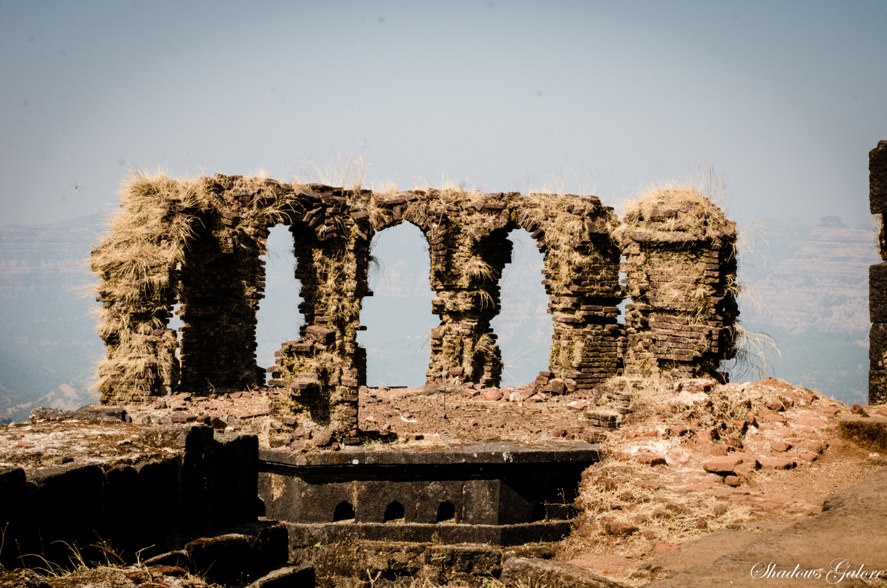
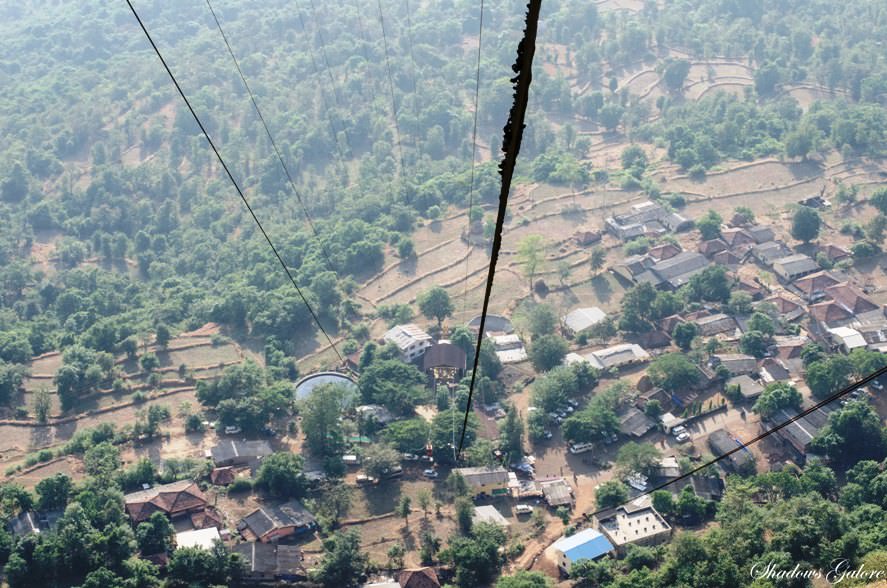
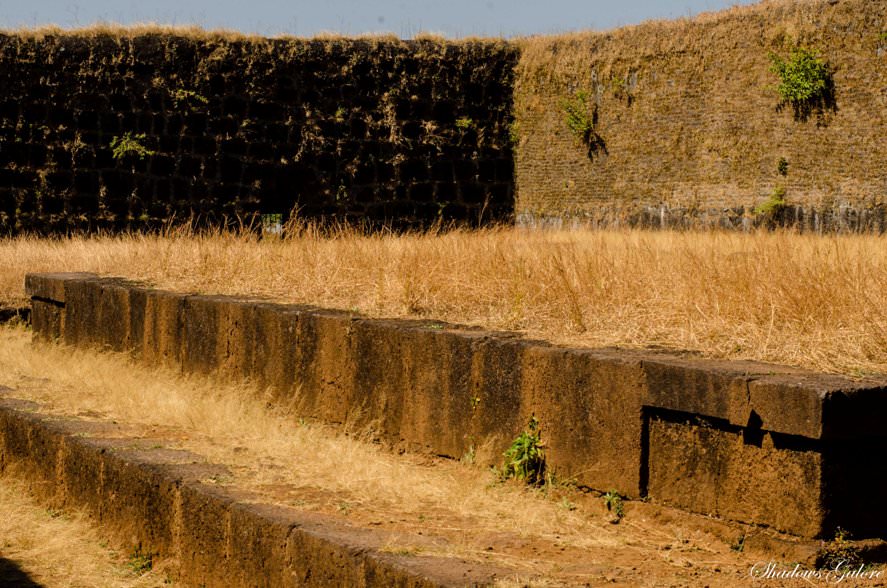
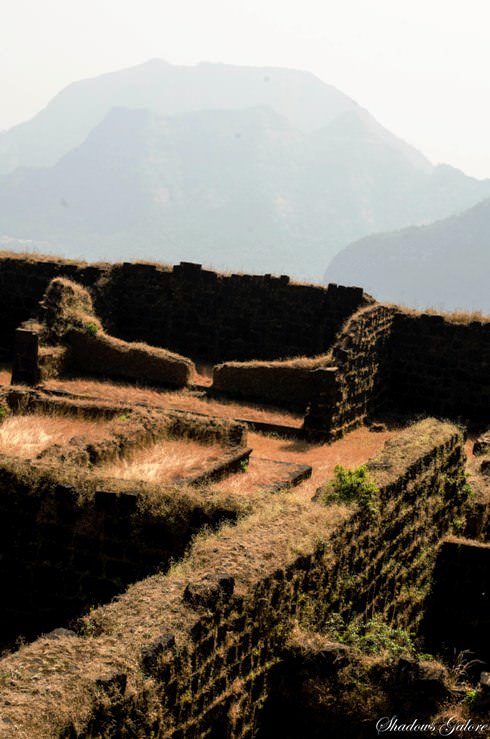
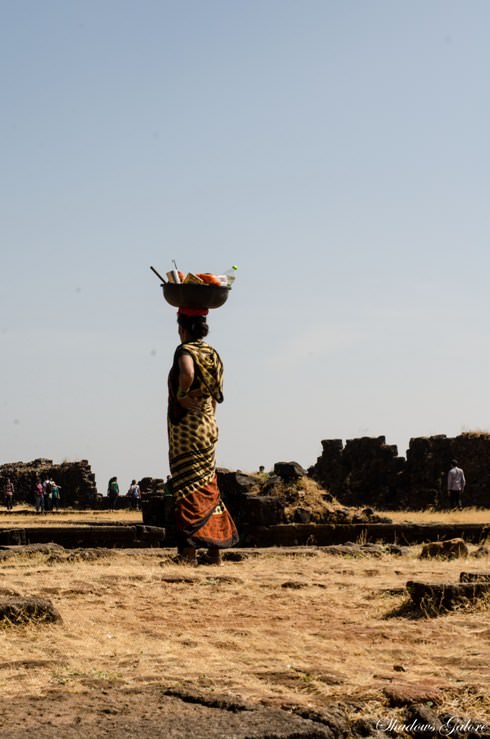
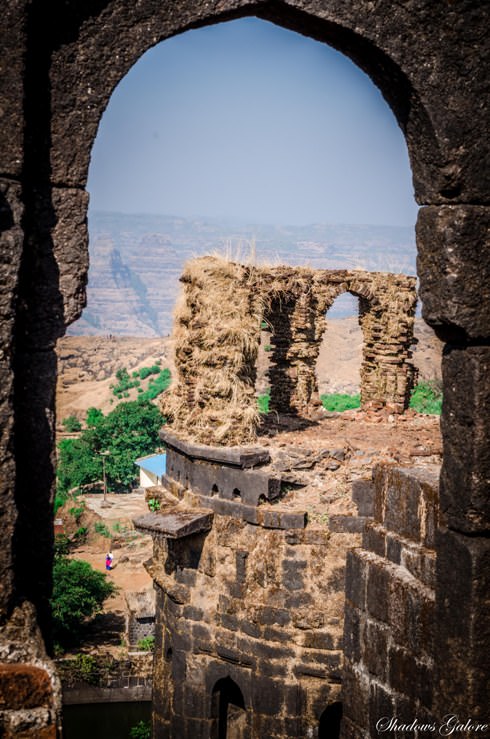
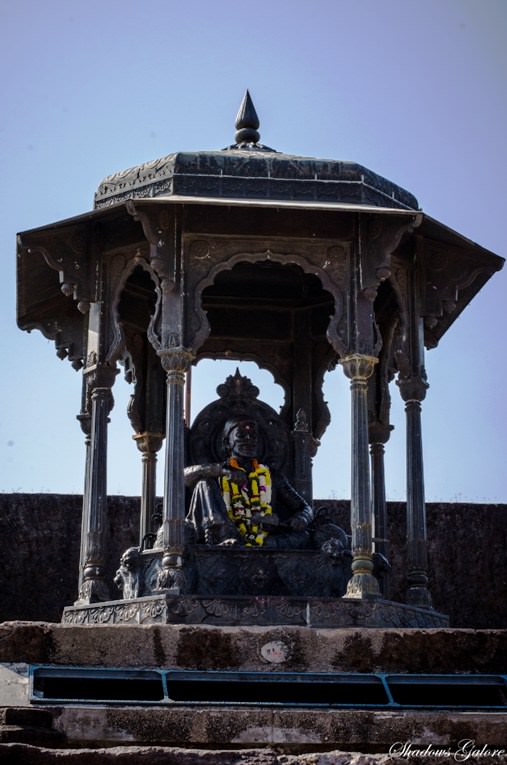
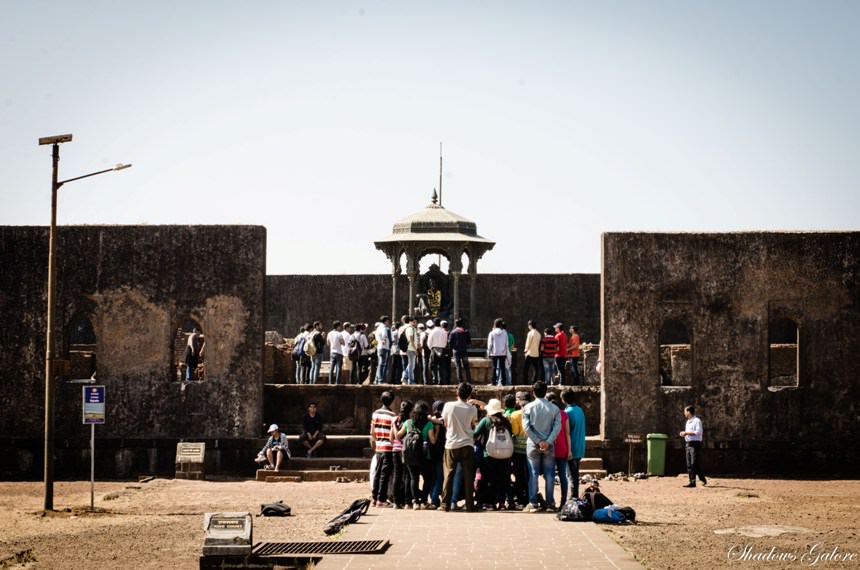
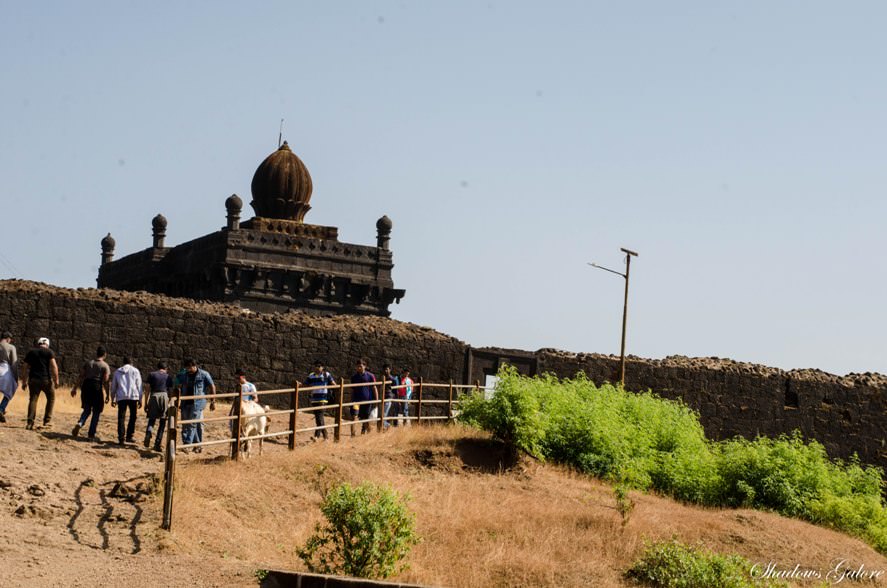
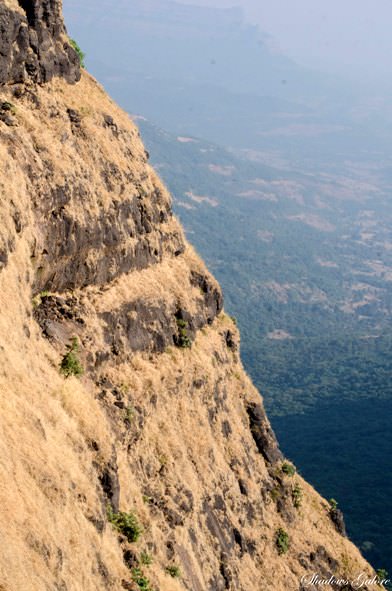
I would love to visit this fort.
A must visit for anyone interested in the history of Maharashtra